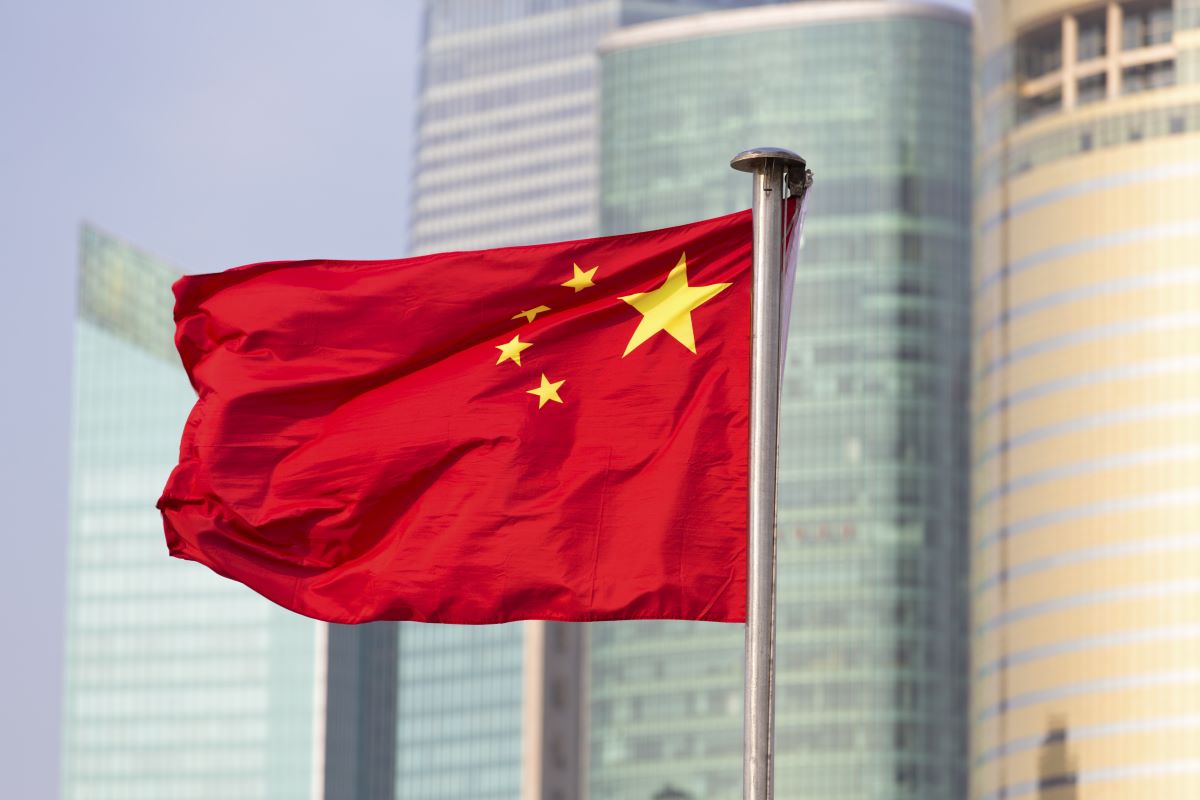The past three years of the pandemic coupled with the debt fallout in China’s real estate sector have stunted the economic growth of the country. The Xi Jinping-led government is catalysing growth by pushing for higher liquidity in the market, which has seen China local government debt rise to concerning levels.
A recent analysis by Fitch Ratings says that 10 provincial-level regions are facing refinancing pressure due to upcoming bond payments and higher borrowing costs.
While the ratings agency sees risk, it adds, “LRGs’ (local and regional governments) diminished capacity to provide timely and sufficient support could raise the need for extraordinary support from the central government, especially given the significance of LRG and LGFV (local government financial vehicles) debt in China’s economy.”
Rising China local government debt
China local government debt is being used to raise money for helping the beleaguered real estate sector and fuelling growth in the economy. In 2022, local governments saw the annual quota of bond issuances exceed the limit as they utilized quotas from previous years.
Now, there are plans to issue a record number of special bonds in 2023, and China is likely to target a budget deficit of around 3% of its GDP for the year.
In the short to medium term, nearly $2 tn worth of China local government debt is due to mature, which could prove to be a systemic risk to the Chinese economy. As per official data, a total of $528 bn of local government bonds will mature in 2023.
Meanwhile, the country’s debt-to-GDP ratio rose to 273.2% at the end of 2022 from 262.8% a year earlier, as per the state-owned newspaper Economic Daily. The National Institution for Finance and Development (NIFD) expects the ratio to rise by 5.5 percentage points in 2023, given that China grows at 5.5%.
On the other hand, China’s small banks may come under pressure due to their links to the China local government debt. Zunyi Road and Bridge Construction Group, one such LGFV, has seen a debt restructuring to repay loans of up to $2.2 bn. While this is one such LGFV, if this becomes a trend it could put pressure on small banks.
Nearly 100 LGFVs have already defaulted on their bank loans and trust products since 2018.
On the other hand, China’s local governments issued net debt of 625.8 bn yuan ($90.1 bn) in January 2023 alone.
“Based on the rated Chinese urban developers in Fitch’s international public finance portfolio, bank loans constitute about half of aggregated funding. We expect those facing a tightening of credit conditions to continue leaning on local banks to fill the funding gap,” adds Fitch.










 Australia
Australia China
China India
India Indonesia
Indonesia Japan
Japan Malaysia
Malaysia Philippines
Philippines Singapore
Singapore South Korea
South Korea Taiwan
Taiwan Thailand
Thailand Vietnam
Vietnam Germany
Germany Hong Kong
Hong Kong USA
USA Switzerland
Switzerland Singapore
Singapore
 United Kingdom
United Kingdom








